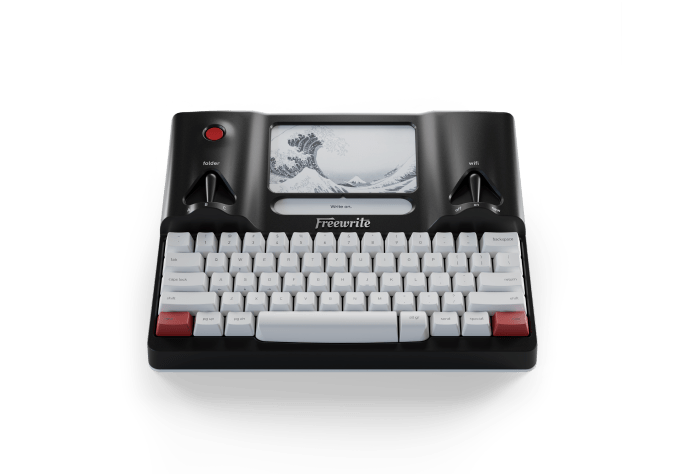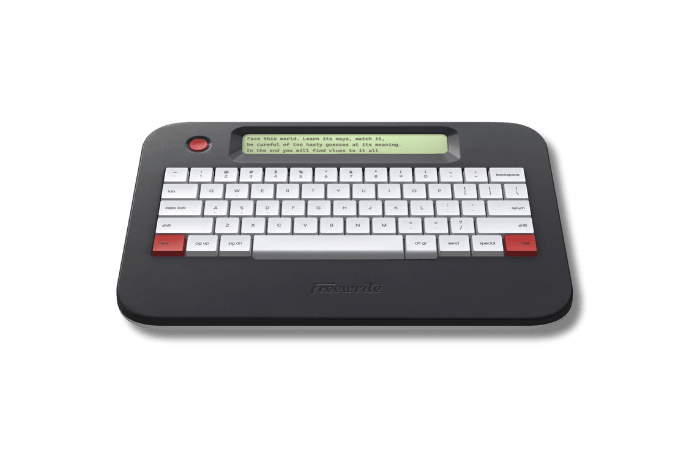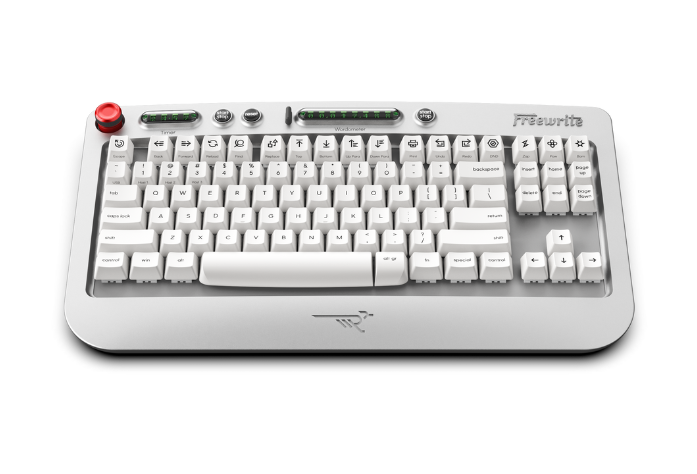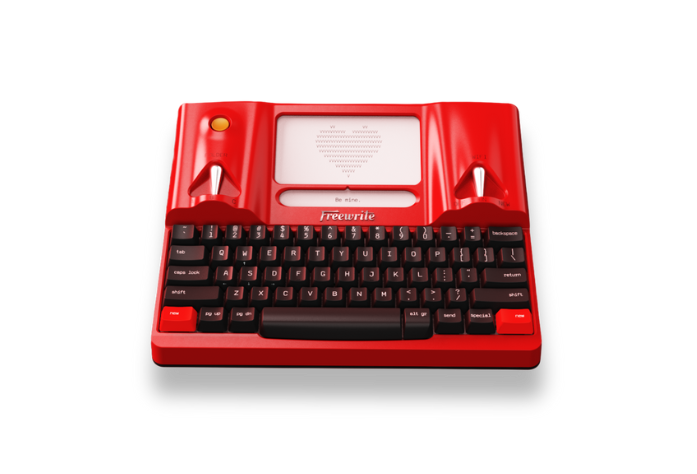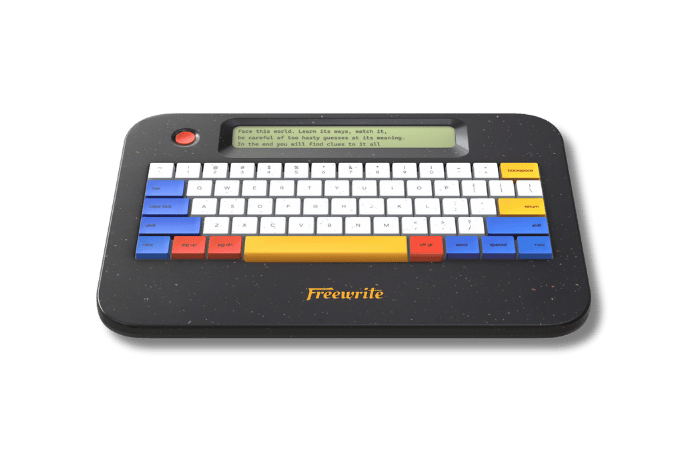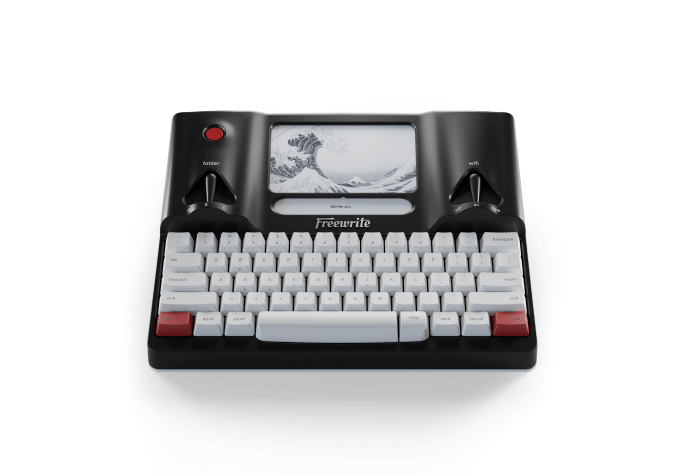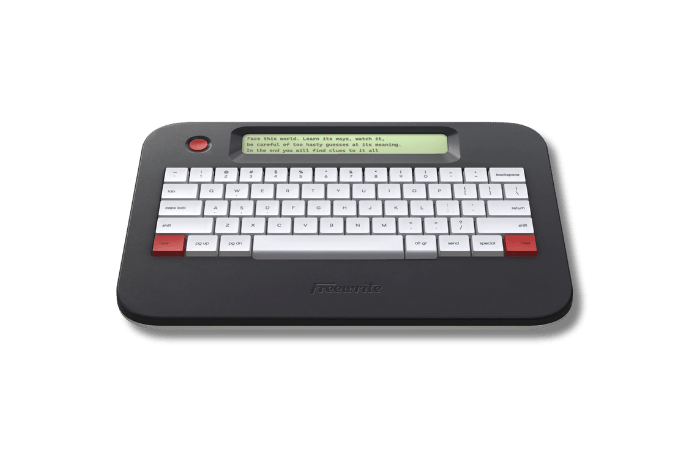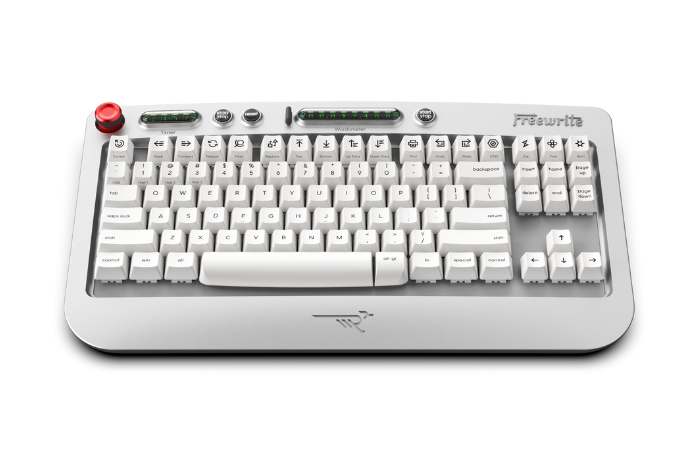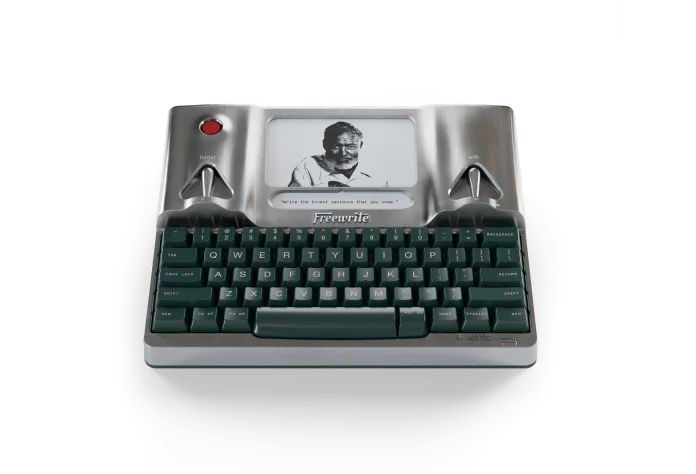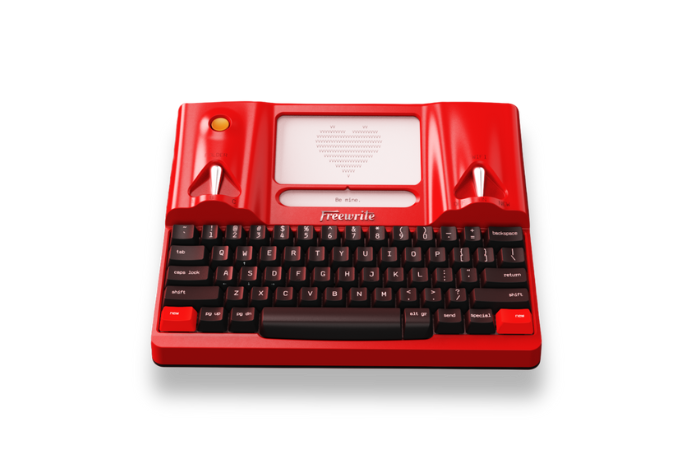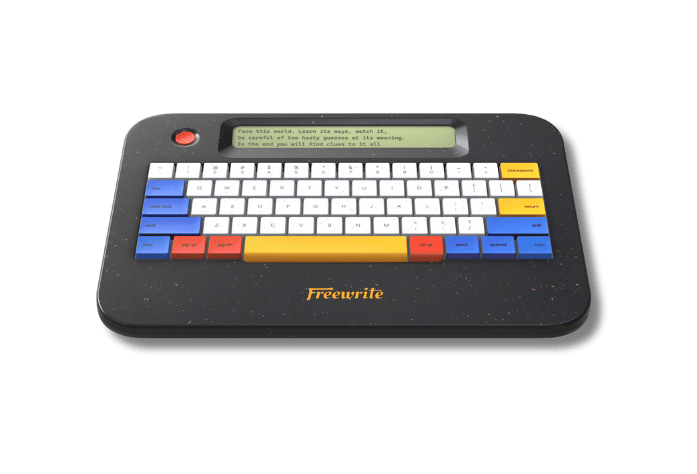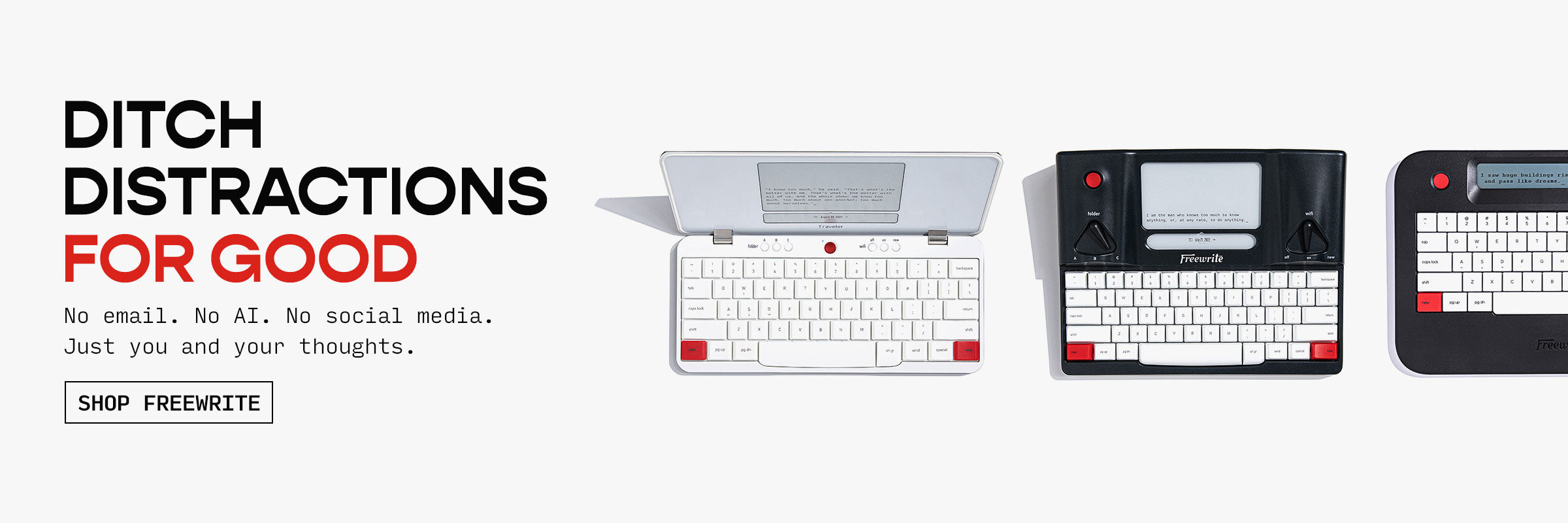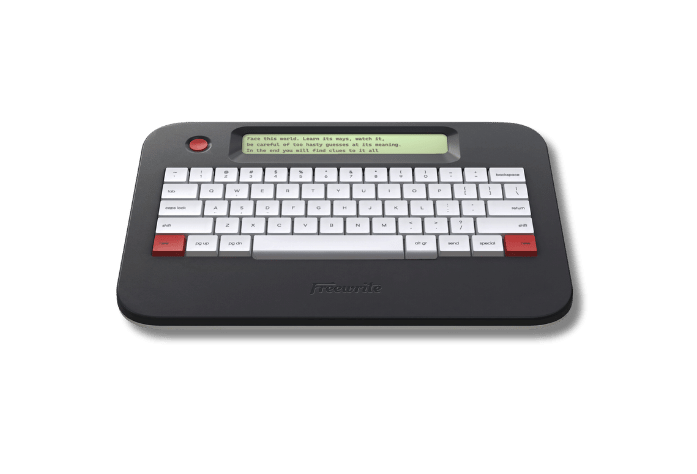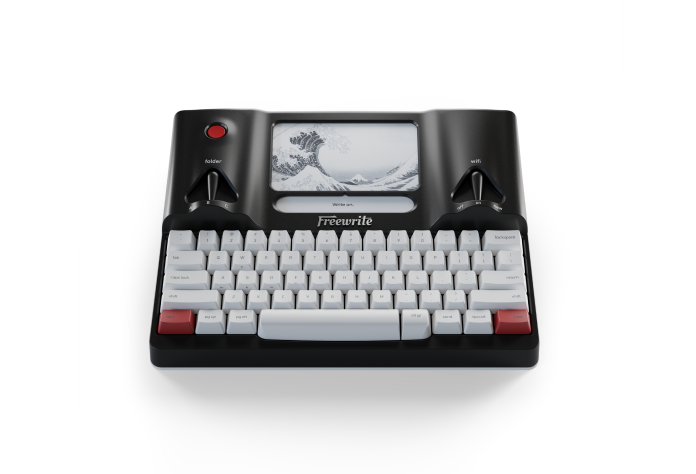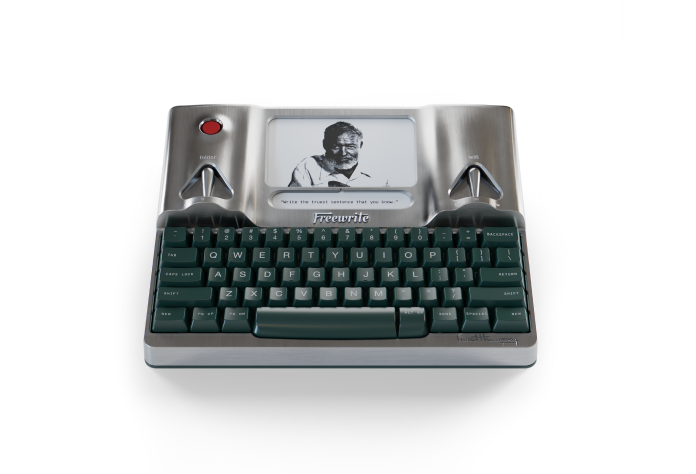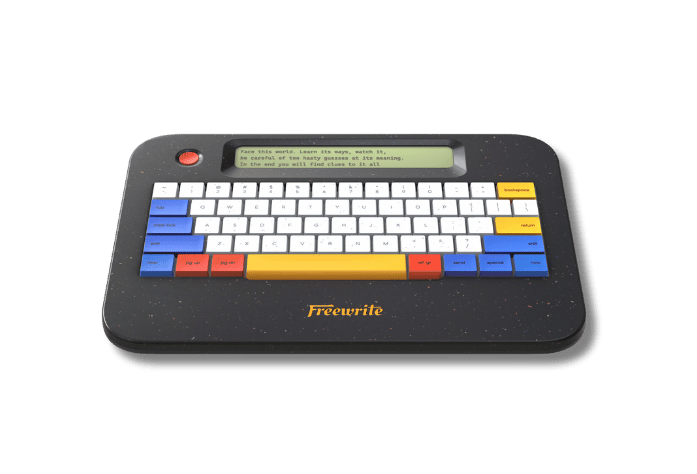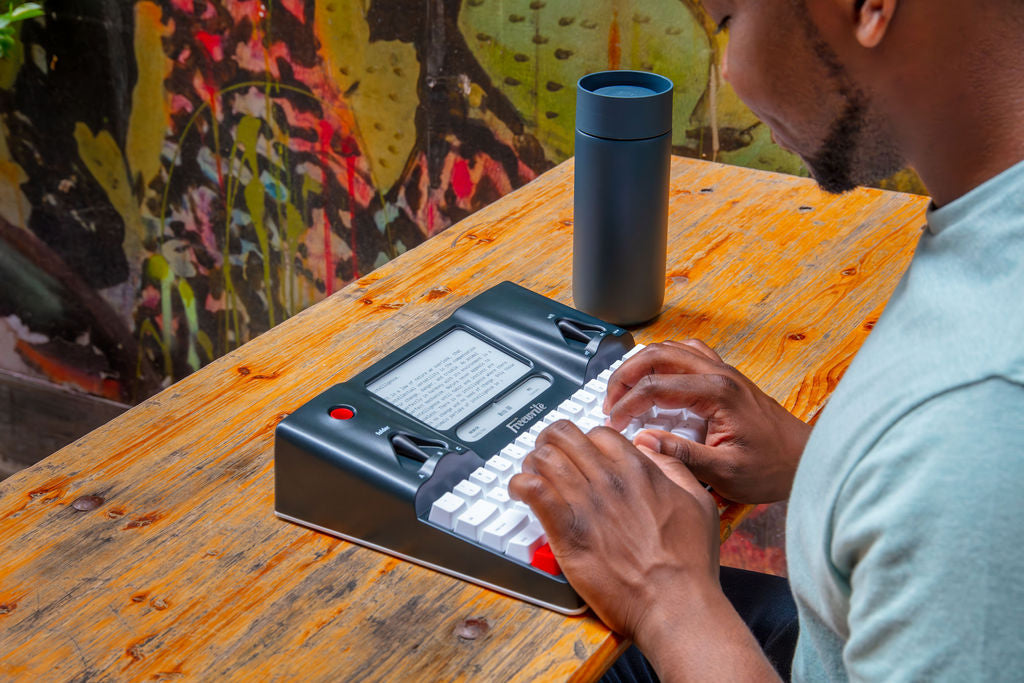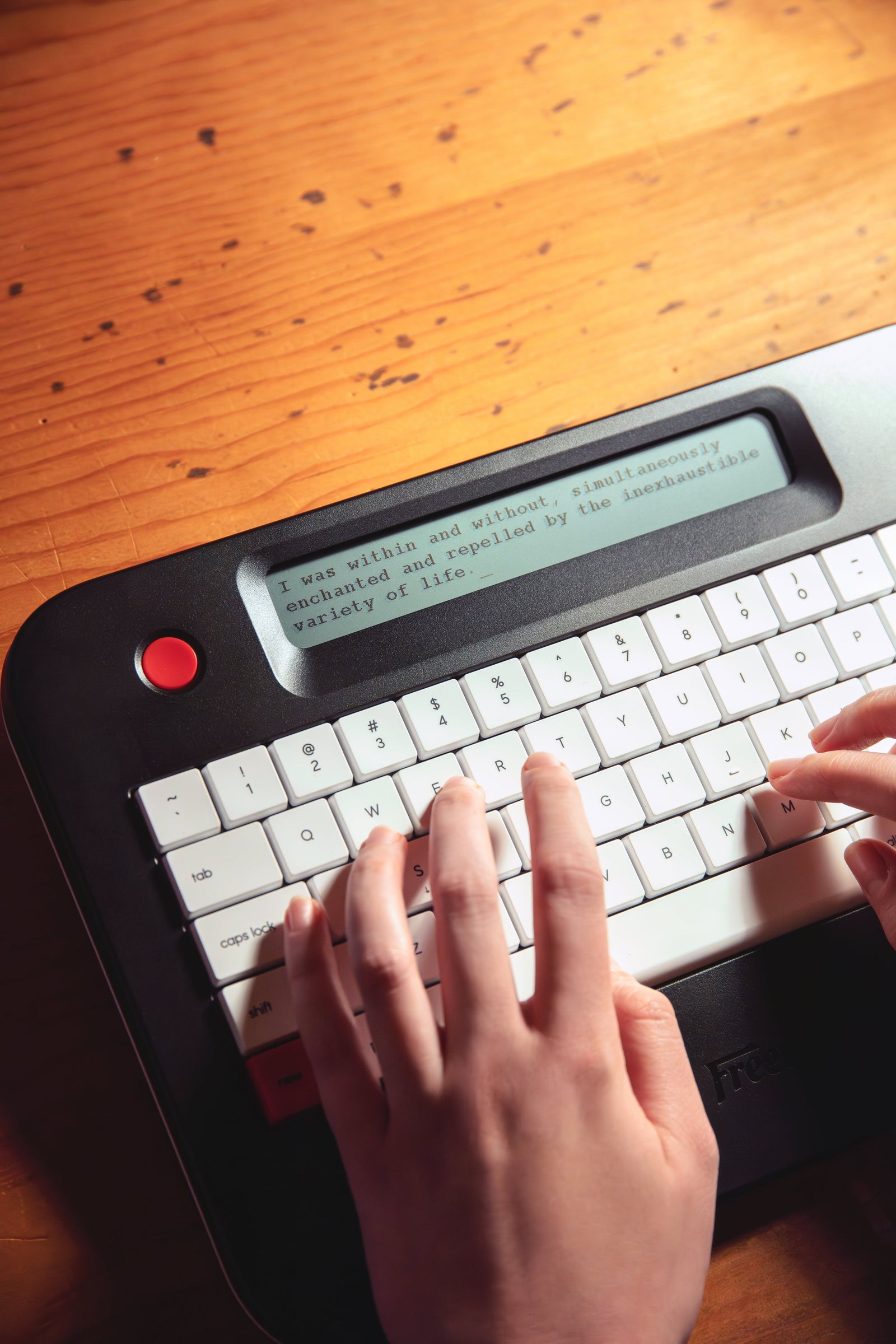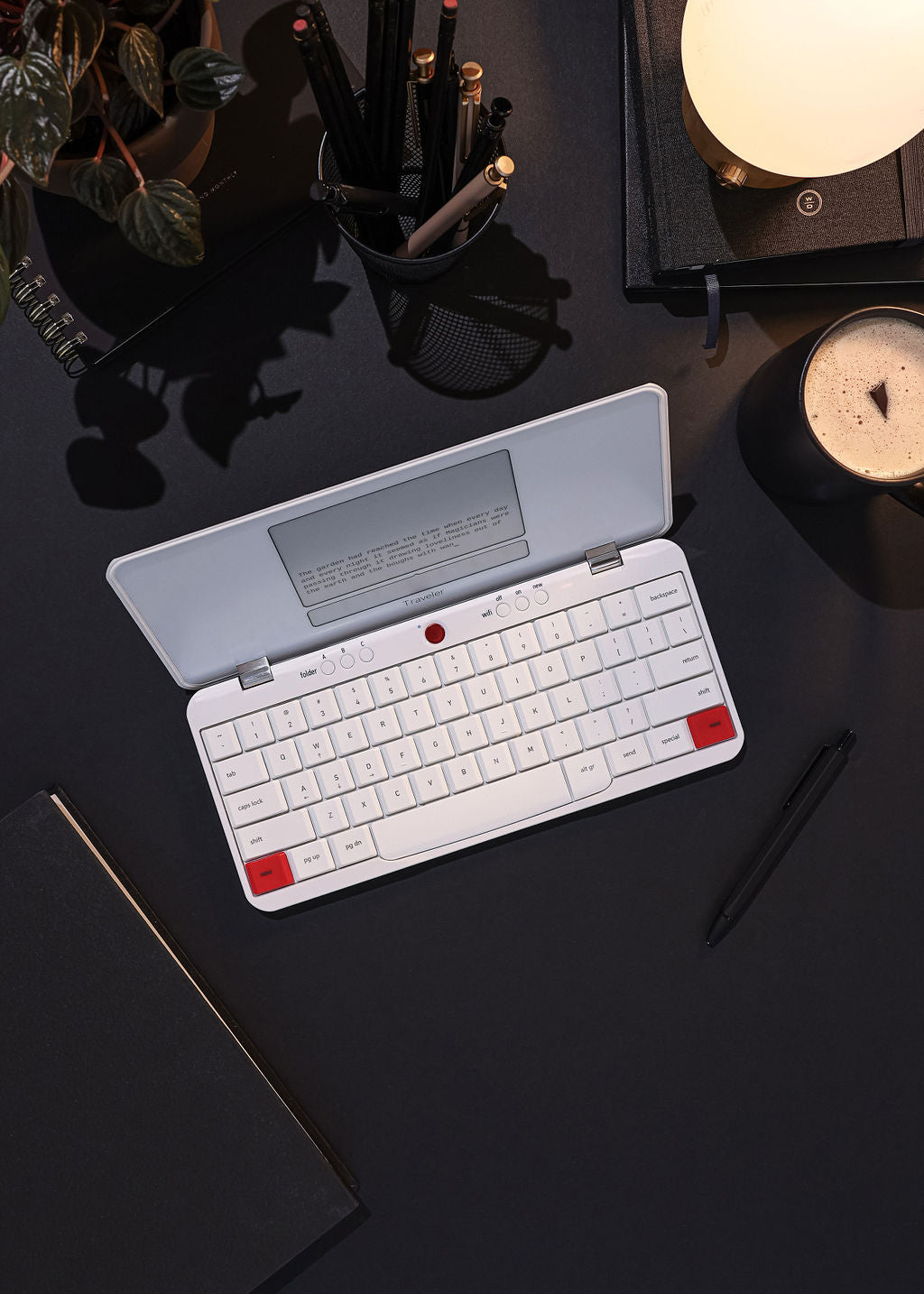Teaching a 3-year-old to write the alphabet can feel like a big task, but it doesn’t have to be stressful. At this age, it’s all about making learning fun and playful. Kids learn best when they’re relaxed, curious, and having a good time. In this guide, we’ll walk you through some easy tips and activities to help your child start writing letters in a way that feels natural and exciting.
How to Know If Your Child Is Ready to Start Writing
Not every 3-year-old is ready to begin writing letters. Some kids need more time to develop coordination, control, and interest. That’s completely normal. Before diving into writing activities, it’s important to check for signs of readiness.
Your child may be ready if they:
-
Pretend to write with scribbles or lines
-
Ask how to write letters or their name
-
Recognize letters in books, signs, or on screens
-
Hold crayons and draw with purpose
If your child isn’t quite there yet, that’s okay. Focus on pre-writing skills and give them lots of exposure to letters through books, songs, and everyday conversations. Let them build confidence naturally before moving into actual writing.
Practical Tips for Teaching the Alphabet to a 3-Year-Old
This section combines all the essential techniques into one comprehensive guide to help you confidently teach your child how to write the alphabet.
1. Start with Pre-Writing Skills
Before expecting your child to write actual letters, make sure they’ve developed the foundation: fine motor skills. Writing doesn’t start with pencil and paper. It starts with activities that strengthen hand muscles and improve coordination.
Things that help build these skills:
-
Playing with playdough
-
Threading beads or pasta onto string
-
Using tongs to move pom-poms
-
Drawing with crayons or markers
-
Cutting paper with child-safe scissors
Encourage scribbling and doodling. These early marks are more valuable than they seem. They help kids gain control over their hands and fingers, preparing them for real letter writing.
2. Teach Basic Shapes and Strokes First
All letters are made up of a few basic lines and curves. Before teaching the alphabet, help your child get familiar with:
-
Straight lines (vertical, horizontal, diagonal)
-
Circles and loops
-
Curved and zigzag lines
Draw these shapes together. Use a big piece of paper or chalk on the ground outside. You can even write in the air or on a foggy mirror to make it fun.
Mastering these shapes helps your child understand how letters are formed and builds muscle memory.
3. Pick the Right Order to Teach Letters
Instead of starting with A and going through Z, begin with the letters that are easiest to write. Letters made from straight lines like L, I, and T are much simpler than those with curves and diagonals.
A helpful sequence to try:
-
L, I, H, E, F, T (straight lines)
-
V, W, X, Z, A, K, Y (angles)
-
C, O, G, Q (curves)
-
D, B, P, R, S, U, J (mixed shapes)
This order builds confidence and sets your child up for success.
4. Name Writing is the Perfect Starting Point
Most kids get excited about writing their own name. It’s personal and meaningful. Start with the first letter of their name and introduce it as their "special letter."
Steps to follow:
-
Show the letter in books or signs
-
Write it on paper and let them trace it
-
Try writing it together on a big sheet or whiteboard
-
Move on to the other letters in their name, one at a time
Make it a part of daily routines - label their artwork, water bottles, or toy bins with their name to reinforce letter recognition.
5. Use Letter Rhymes and Verbal Cues
Kids love songs, rhymes, and stories. These tools can help them remember how to form letters.
For example:
-
"L is a long line down"
-
"B is a big line down, then two bubbles on the side"
Make up your own or use ones from a handwriting program. The repetition helps your child understand the steps and directions for each letter.
Hands-On Letter Writing Ideas
3-year-olds learn best through touch, movement, and play. The more senses you involve, the easier it is for your child to remember how to form letters. This table brings together a variety of fun, sensory-rich methods that support both skill development and enjoyment.
|
Activity |
Description |
|
Sand or Salt Tray |
Pour a thin layer of sand or salt in a tray. Let your child trace letters with their finger. |
|
Playdough Letters |
Roll playdough into long shapes and form letters. Builds hand strength and letter familiarity. |
|
Paint and Dab |
Use sponge stamps or fingers dipped in paint to create or trace letters on paper. |
|
Chalk Outside |
Draw large letters on the ground. Kids can walk on them, trace with chalk, or drive toy cars over them. |
|
Textured Letters |
Create letters with glitter glue, felt, or sandpaper so kids can trace and feel their shape. |
These activities support muscle memory and make learning tactile and fun.
Make Writing Fun, Comfortable, and Part of Everyday Life
Keep Practice Short and Positive
At this age, kids learn best in short, playful bursts. Aim for 5 to 10 minutes of focused writing time and stop if your child seems bored or frustrated. The goal is to keep things light and fun, not to push. Use encouraging language like “That’s a great start!” or “Let’s try that one again – you’re getting really close.” When writing feels positive, kids are much more likely to stick with it.
Support a Comfortable Pencil Grip
Helping your child hold writing tools correctly early on prevents bad habits later. Use short crayons, broken chalk, or golf pencils to naturally encourage a tripod grip. Triangular pencils and simple pencil grips can guide their fingers too. Let them explore with markers or paintbrushes first to build control. Watch how they hold the tool and offer gentle adjustments to keep their hand relaxed and steady.
Practice Letter Recognition Through Everyday Play
Writing isn't the only way to reinforce letter learning. Make letters a part of your child's world in casual, creative ways. Read alphabet books and point out letters. Play with letter magnets or puzzles. Sing ABC songs regularly. Educational games and apps can help when used in moderation. Most importantly, talk about letters throughout the day – on signs, cereal boxes, or clothing labels. These small daily moments add up and make learning feel natural.
Why Focus Matters: For Writers and Little Learners
As the team behindFreewrite, we create every device with one goal: pure, focused writing. Our distraction-free screens shut out notifications, tabs, and social feeds so the words flow without interruption. The same principle works when you teach a 3-year-old to write the alphabet. Strip away clutter, keep materials simple, and let learning happen without competing noise.
We live thisphilosophy every day, whether with drafting firmware notes or designing the next limited edition. By removing the digital distractions, we write faster and with more joy, and you can too, whether you’re jotting ideas for tomorrow’s letter game or capturing your child’s first scribbles. When kids see us writing with intent, they learn that focus feels good.
Smart Typewriter
TheSmart Typewriter is a distraction-free drafting device built for writers who want to stay in the zone. With a full-size mechanical keyboard, a crisp E Ink screen with frontlight, and an all-aluminum body, it feels solid and comfortable for long sessions. Your words save automatically and sync to the cloud whenever Wi-Fi is on, so you can draft now and edit later without worrying about files.
Why Choose Smart Typewriter
-
Mechanical Kailh Box Brown switches give a satisfying, durable typing feel
-
Front-lit E Ink display is easy on the eyes in bright daylight or late at night
-
Automatic cloud backups to Postbox, Dropbox, Google Drive, OneDrive, and Evernote
-
Long-lasting battery and tough aluminum chassis mean you can write anywhere with confidence
Alpha Raven Black with Backlight
Alpha is the ultra-portable Freewrite. Weighing under 2 pounds, it slips into any bag yet still offers a full mechanical keyboard and a warm backlit LCD screen that shows just a few lines of text to help you focus. Alpha saves every keystroke, making it great for commuters, coffee-shop writers, and anyone who wants to draft on the go without distractions.
Why Choose Alpha
-
Lightweight design and built-in kickstand make it comfortable on a table or in your lap
-
Soft backlight with five brightness levels lets you write day or night
-
Quiet low-profile Kailh Choc V2 switches reduce finger fatigue during long sessions
-
Up to 100 hours of battery life keeps you unplugged and productive for days
Hemingway Signature Edition
Hemingwrite pairs the proven Smart Typewriter platform with a hand-polished raw aluminum chassis, green keycaps, and Ernest Hemingway’s engraved signature. Each unit develops a unique patina over time and ships with a custom leather attaché case. It’s a collector’s piece that invites you to channel classic craftsmanship while enjoying modern cloud syncing and a premium mechanical keyboard.
Why Choose Hemingwrite
-
Hand-finished aluminum body and official Hemingway signature create a true statement piece
-
Includes a fitted leather attaché case for stylish protection on the move
-
Same distraction-free drafting tools and cloud features as the Smart Typewriter
-
Limited special edition that evolves with a one-of-a-kind patina the more you use it
Embrace Mistakes and Follow Your Child’s Pace
Learning to write takes time, and mistakes are a natural part of the process. Your child may reverse letters, write them out of order, or start strokes in the wrong place. That’s perfectly normal. Rather than correcting every error, gently guide them with patience and encouragement. The goal is not perfect handwriting right away, but building confidence and familiarity with letters.
It’s also important to avoid pushing too hard. Writing is a developmental milestone, and every child progresses differently. If your child resists writing, it may be a sign they need more time or a different approach. Shift the focus back to play-based or sensory activities that feel fun and low-pressure. Creating a positive, relaxed experience now will help build a stronger foundation for writing skills later.
Final Thoughts
Teaching a 3-year-old to write the alphabet isn’t about rushing to the finish line. It’s about giving your child a chance to explore letters in a fun, relaxed, and hands-on way. Every scribble, every traced line, every playful attempt matters. As long as your child is enjoying the process, they’re learning exactly what they need.
Stay patient, celebrate progress over perfection, and follow your child’s pace. Whether they’re forming their first letter or just learning how to hold a crayon, you’re building the foundation for a strong, confident writer. Keep it playful, keep it light, and remember: this stage of learning is just as magical as the moment they write their first full word.
FAQ
At what age should I start teaching my child to write letters?
Every child is different, but many start showing interest around age 3. Focus on fun and readiness rather than strict timelines. Start with pre-writing skills like drawing shapes and lines.
What if my child isn’t interested in writing yet?
That’s completely normal. Keep reading together, encourage play with letters, and offer sensory activities. Interest often grows with exposure.
Should I teach uppercase or lowercase letters first?
You can start with whichever your child sees most often. Lowercase letters appear more frequently in books, but uppercase letters are often easier to form. Some parents teach letter pairs (like Aa, Bb, Cc) together.
How long should writing practice sessions be?
Short and sweet is best. Aim for 5 to 10 minutes at a time, and stop if your child seems tired or frustrated. Keep it playful and low-pressure.
Do I need worksheets or a curriculum?
Not necessarily. Many effective learning moments come through play, art, and real-world activities. Tracing and writing can be introduced gradually, using things like sand trays, playdough, and drawing together.

